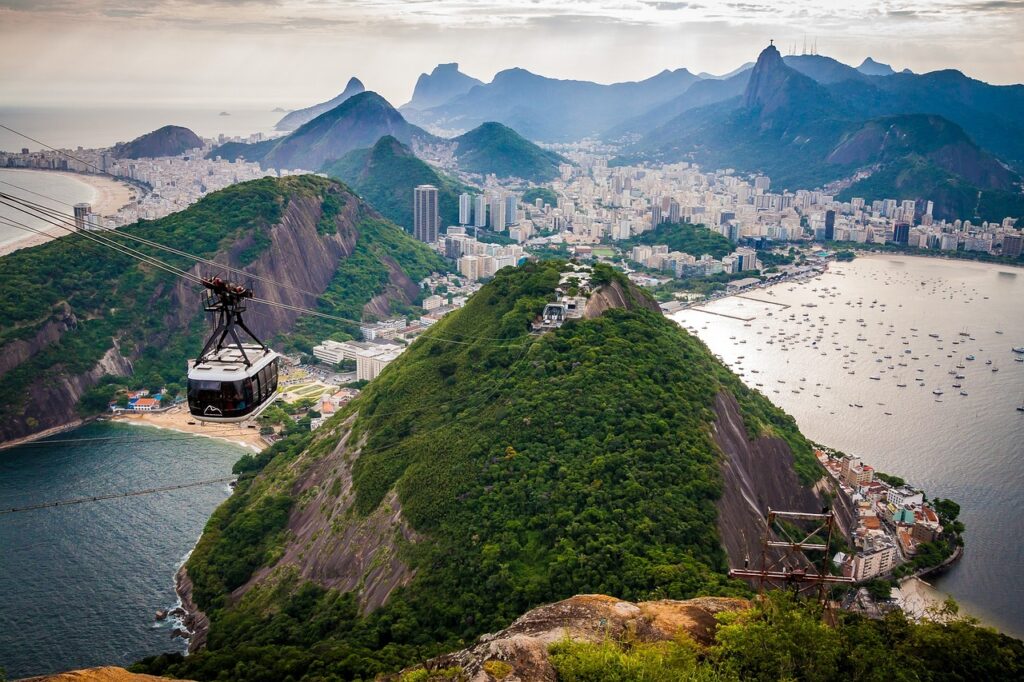
An image can slow down or speed up your side, communicate data to Google, or include an affiliate link. Here are 7 useful tips for image search optimization!
1. Start With The Right Images
Use images that are copyright free: this includes stock photography, images that you took, screenshots, graphs, charts, icons, logos, etc.
Stock Photos
See a list of 25 free stock photography websites here, and 5 premium stock photography websites here.
Graphics
- Canva: Canva has a lot of graphics, elements, designs, and presets that you can use and edit.
- Midjourney or another AI tool: This can be a create option for creating unique logos or art for your blog posts.
Icons
2. File Type
The most common image types for blogging are JPEG, PNG, and GIF.
- JPEG: Lossy format. When you compress this you lose some data. This is typically not noticeable. JPEGs are usually a smaller file size than PNGs.
- PNG: Lossless format. When you compress a file you do not lose data. It supports a transparent background.
- GIF: Used for animations.
3. Image Size
Compressing your images, or using smaller images sizes can speed up your site. You can do it manually (in Photoshop, Photopea, Canva, etc) by resizing your image or you can use an image compressor such as:
4. Optimize File Names
Instead of “img123.png”, give your photo a relevant descriptive name. If your photo is an image of the city of Rio de Janeiro, you could write: “RiodeJaneiro.png.” This communicates what your image is about to Google.
5. Use Alt Text For Photos
This is another way to tell Google SEO for your image. Be descriptive and accurate. For example, “Sugarloaf Mountain in Rio de Janeiro.”
6. Use Captions

This can clearly communicate to the reader the relevance of the photo. You can also put an affiliate link in a caption.
7. Submit A Site Map To Google
Those are 7 tips to improve your SEO for images!
